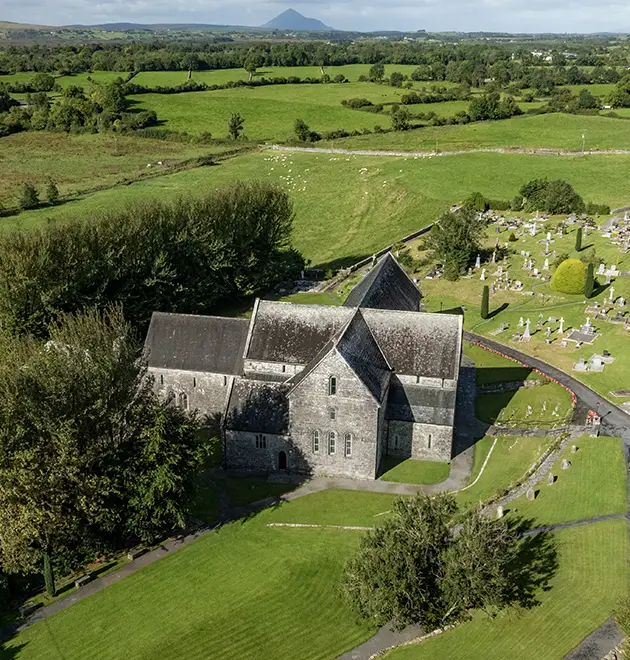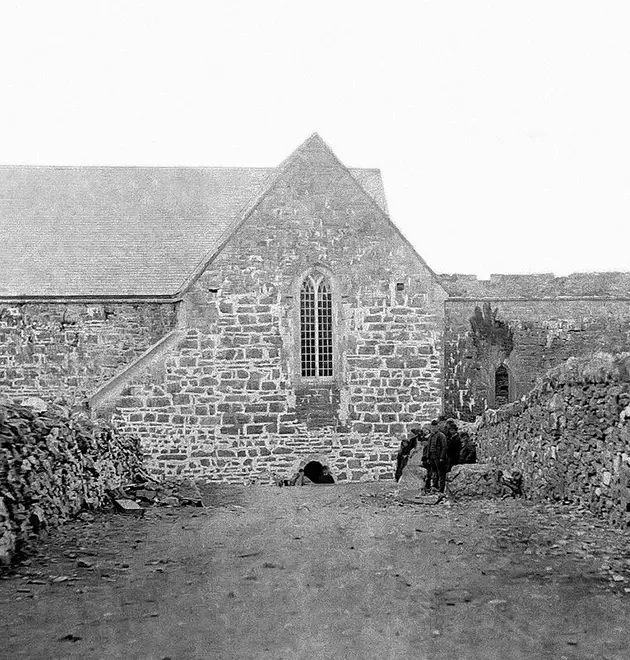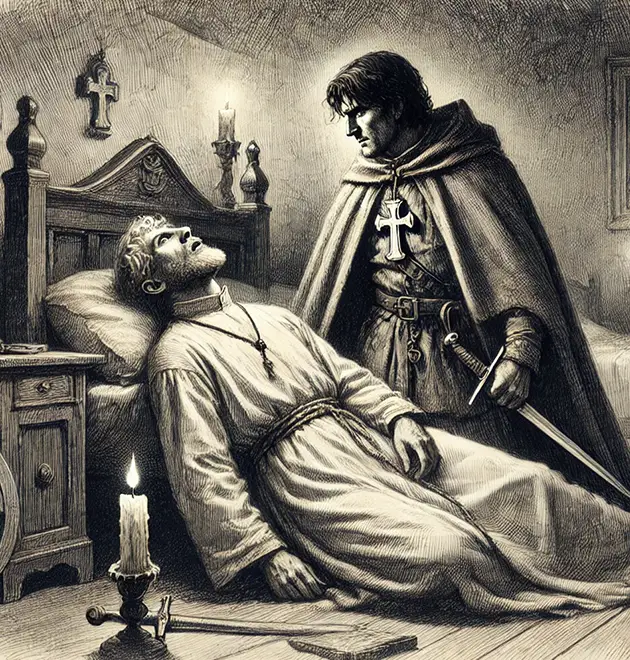History of The Abbey
Find Out More
History of Ballintubber
Whispers through the centuries… Ballintubber Abbey has witnessed history unfold. From royal connections to pirate legends, uncover the hidden stories etched within its ancient stones.
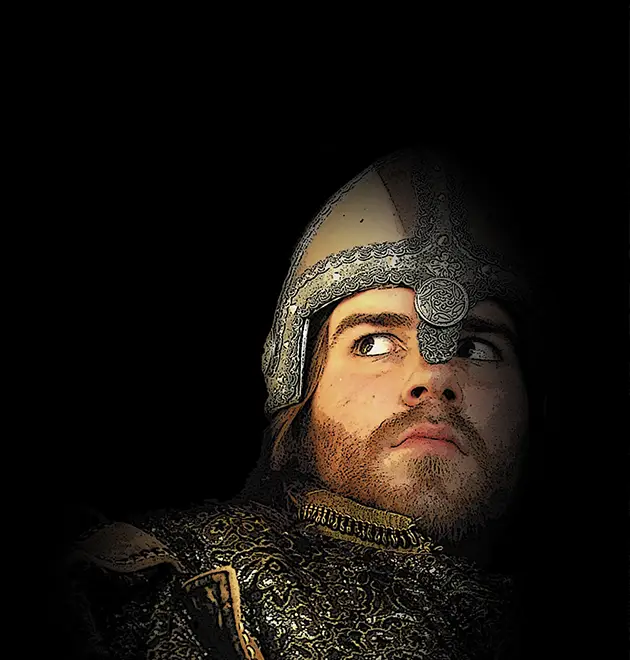
Tibóid Ne Long Bourke
Find out about how the son of Grace O’Malley came to his final resting place in Ballintubber
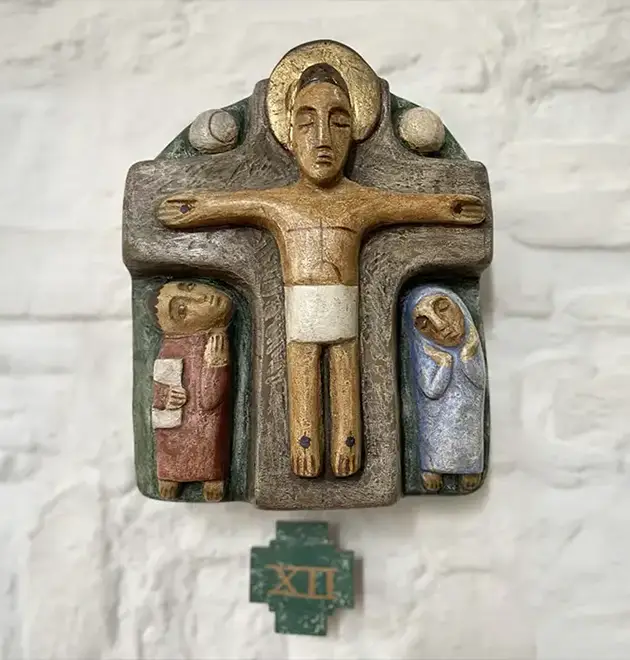
Stations of the Cross
Created in 1972 for Ballintubber Abbey, by renowned sculptor Imogen Stuart.
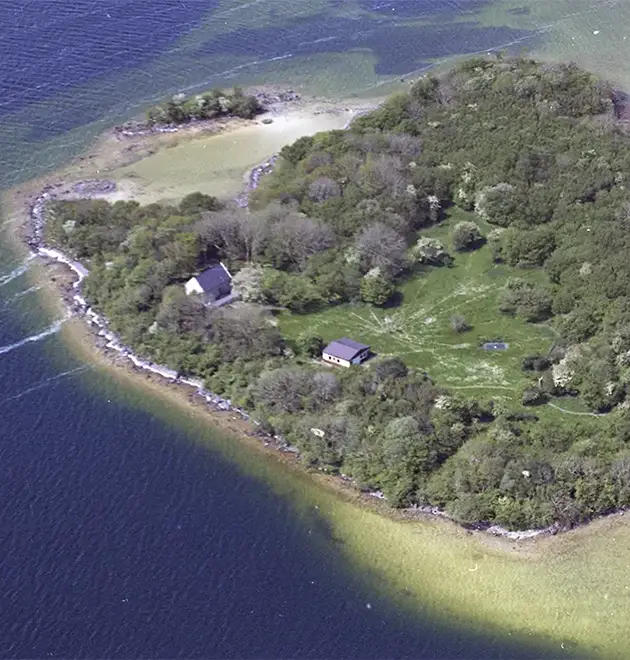
Church Island
Church Island or Oilean na Scríne- Shrine Island lies at the North West of Lough Carra.
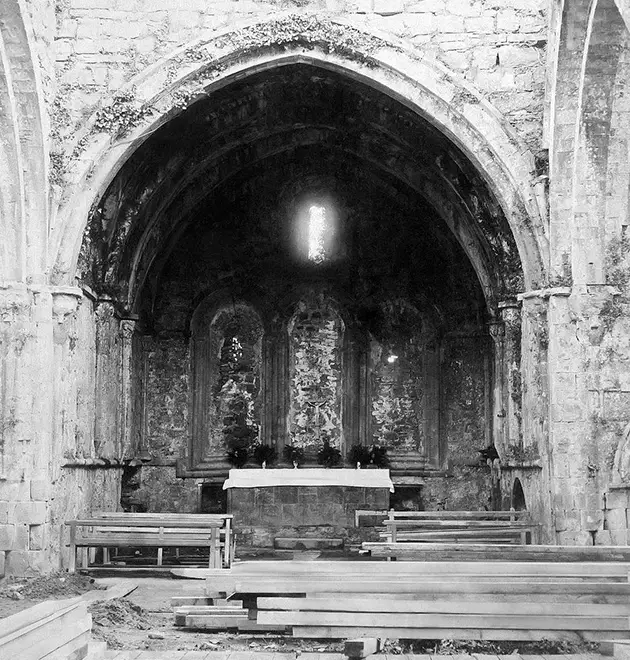
Burning Suppression
How fire and suppression could not defeat the “Abbey that wouldn’t die”.

